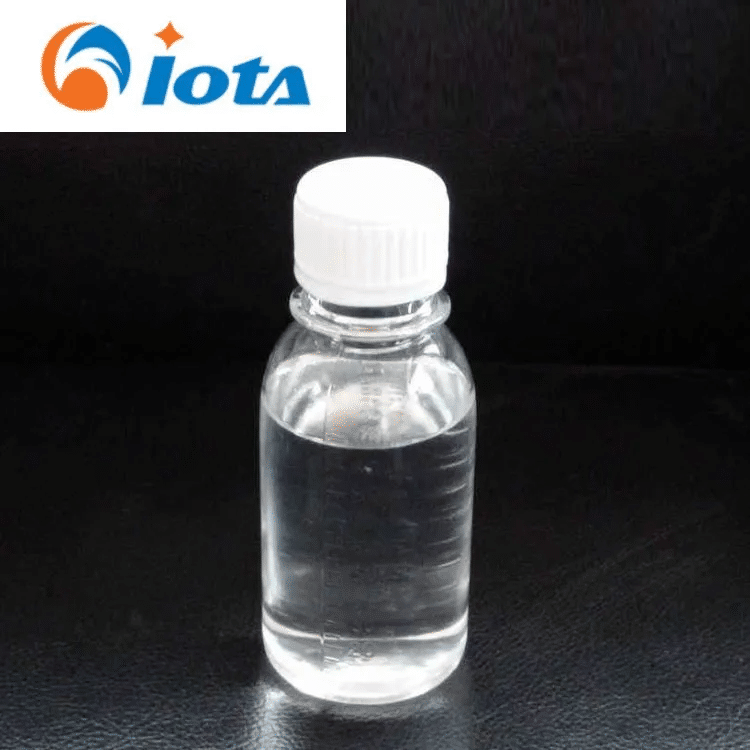On July 31, 2025, at the High Quality Development Conference of Fluorosilicon Industry held in Zigong City, Sichuan Province, leading enterprises such as China National Chemical Corporation and China National Nuclear Corporation announced an additional investment of 12 billion yuan to expand fluororubber and fluoropolymer production lines. With 17.5 billion tons of rock salt reserves and 15 million tons of fluorite resources, Zigong has built a complete industrial chain from basic raw materials to high-end fluorine materials, and its fluorine rubber production capacity has jumped to the second place in the world.

Technological breakthroughs to solve the bottleneck problem
The "self-adhesive injection molded liquid silicone rubber" developed by Associate Professor Jiao Jiao's team at Xi'an Jiaotong University has achieved import substitution. This material has passed biocompatibility certification in the field of medical catheters, breaking the monopoly of international giants such as Dow Corning. The "Lithium Battery Low Density Organic Silicon Material" developed by Chengdu Silicon Treasure Technology has increased the energy density of batteries by 8% and has been applied to the packaging of the new generation of power batteries in CATL.
Policy dividends release innovative vitality
Zigong City introduced "12 new fluorosilicone materials", set up an industry guidance fund of 5 billion yuan, and gave high-end projects up to 30% of fixed assets investment subsidies. The Chuannan New Materials Chemical Industrial Park in Yantan District has implemented the "Three Year Full Park" plan, and signed 18 projects in the first half of 2025. Among them, the Fujian Yongjing Electronic Grade Hydrofluoric Acid Project, after being put into operation, will meet 30% of the domestic demand for semiconductor cleaning agents.
Green manufacturing becomes a new label
Enterprises in the park generally adopt green electricity production. The "copper based catalyst" developed by Lanzhou Blue Star Cleaning Co., Ltd. has increased the one-way conversion rate of organic silicon to chloromethane to 92%, reducing waste salt emissions by 40% compared to traditional processes. According to data from the Zigong Municipal Bureau of Economy and Information Technology, the energy consumption per unit output value of the fluorosilicon industry in the first half of 2025 decreased by 15% year-on-year, and the utilization rate of circular economy reached 68%.
